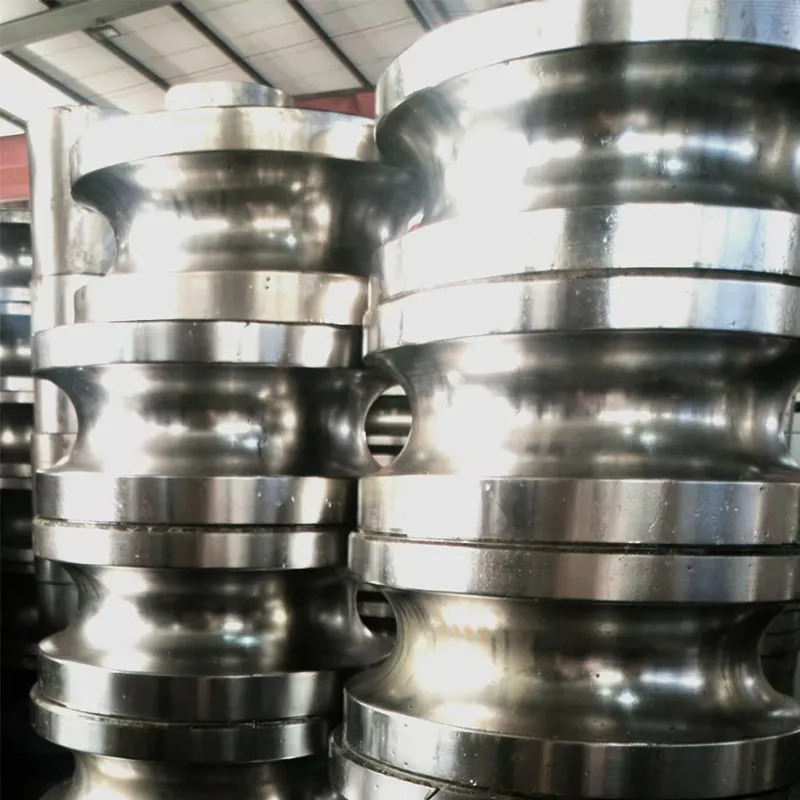extruder moulding
Extruder Moulding An Overview of Techniques and Applications
Extruder moulding, also known as extrusion moulding, is a widely-used manufacturing process that involves forcing molten material through a specially designed die to create continuous shapes and profiles. This method is predominantly utilized with thermoplastic materials, allowing manufacturers to produce a wide variety of products efficiently and cost-effectively. The process has gathered significant attention in various industries, including automotive, construction, packaging, and consumer goods, due to its versatility and scalability.
The fundamental principle of extruder moulding involves several key steps. First, raw plastic pellets are fed into the extruder, where they are heated to their melting point by a combination of mechanical and thermal energy. Once the material melts, it is transported through a long barrel by a rotating screw. This screw not only moves the molten material but also mixes and homogenizes it, ensuring a uniform viscosity. Once the desired consistency is achieved, the molten plastic is forced through a die, which shapes the material into its final form.
One of the distinct advantages of extruder moulding is its ability to produce complex cross-sectional profiles that would be difficult or impossible to achieve with other manufacturing processes. This characteristic makes extruder moulding particularly valuable in producing items such as pipes, tubes, and various engineered profiles. The process is also highly adaptable, allowing manufacturers to create a diverse range of products, from simple sheets and films to intricate shapes with additional post-extrusion operations, such as cutting, cooling, and packaging.
Extruder moulding is not just limited to plastics; it can also be used with other materials, such as rubber and certain metals. The principle remains the same, but adaptations may be necessary to accommodate the unique properties of the materials used. For instance, in rubber extrusion, the raw material needs to be carefully controlled to prevent premature curing during the heating and shaping process.
extruder moulding

The impact of extruder moulding extends beyond production efficiency
. It fosters sustainability within the manufacturing sector by minimizing waste. The nature of the process allows for reclaiming and recycling leftover materials, which can be reintroduced into the production cycle. Many manufacturers are working towards using biodegradable and recyclable materials in extrusion, aligning with contemporary environmental goals.Moreover, advancements in technology have significantly enhanced the capabilities of extruder moulding. Computer numerical control (CNC) systems and automation have improved precision and consistency in production, reducing the occurrence of defects and increasing output rates. Additionally, innovations in materials science are leading to the development of new polymer blends that enhance the performance characteristics of extruded products, such as improved strength, flexibility, and heat resistance.
Applications of extruder moulding are vast and diverse. In the automotive industry, it is used to produce components such as weather stripping, gaskets, and under-hood parts. In construction, extruded materials are essential for creating window frames, siding profiles, and piping systems. The packaging industry benefits from the production of films, containers, and protective packaging that combines lightweight designs with durability.
In conclusion, extruder moulding stands as a pillar of modern manufacturing, driving innovation and efficiency across various industries. Its unique ability to produce a wide array of shapes and forms, combined with ongoing advancements in technology and materials, ensures that extrusion will continue to play a crucial role in meeting the diverse needs of the market. As manufacturers seek to balance efficiency with sustainability, extruder moulding remains a vital process in shaping the future of production.
-
High Frequency Straight Seam Welded Pipe Production Line-BzZhou Xinghua Machinery Equipment Manufacturing Co., LTD.|line pipe steel&welded gas pipeNewsJul.30,2025
-
High Frequency Straight Seam Welded Pipe Production Line-BzZhou Xinghua Machinery Equipment Manufacturing Co., LTD.|High Precision&Automated SolutionsNewsJul.30,2025
-
High Frequency Straight Seam Welded Pipe Production Line - BzZhou Xinghua Machinery Equipment Manufacturing Co., Ltd.NewsJul.30,2025
-
High Frequency Straight Seam Welded Pipe Production Line-BzZhou Xinghua Machinery Equipment Manufacturing Co., LTD.|Precision Welding, High EfficiencyNewsJul.30,2025
-
High Frequency Straight Seam Welded Pipe Production Line|BzZhou Xinghua|Precision Welding&EfficiencyNewsJul.30,2025
-
High Frequency Straight Seam Welded Pipe Production Line - BzZhou Xinghua|Precision Engineering&EfficiencyNewsJul.30,2025


